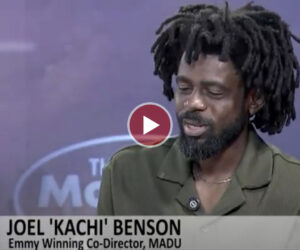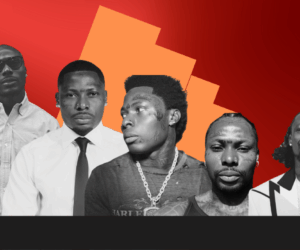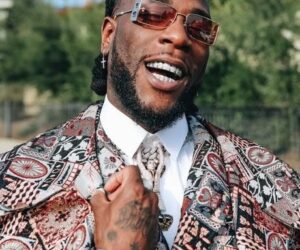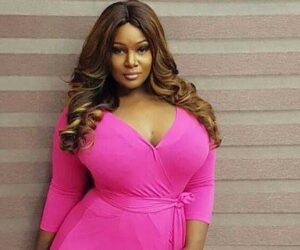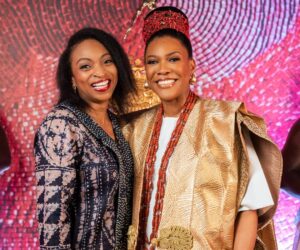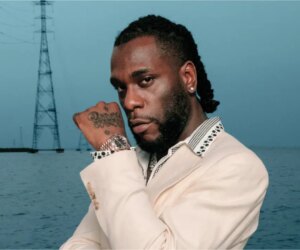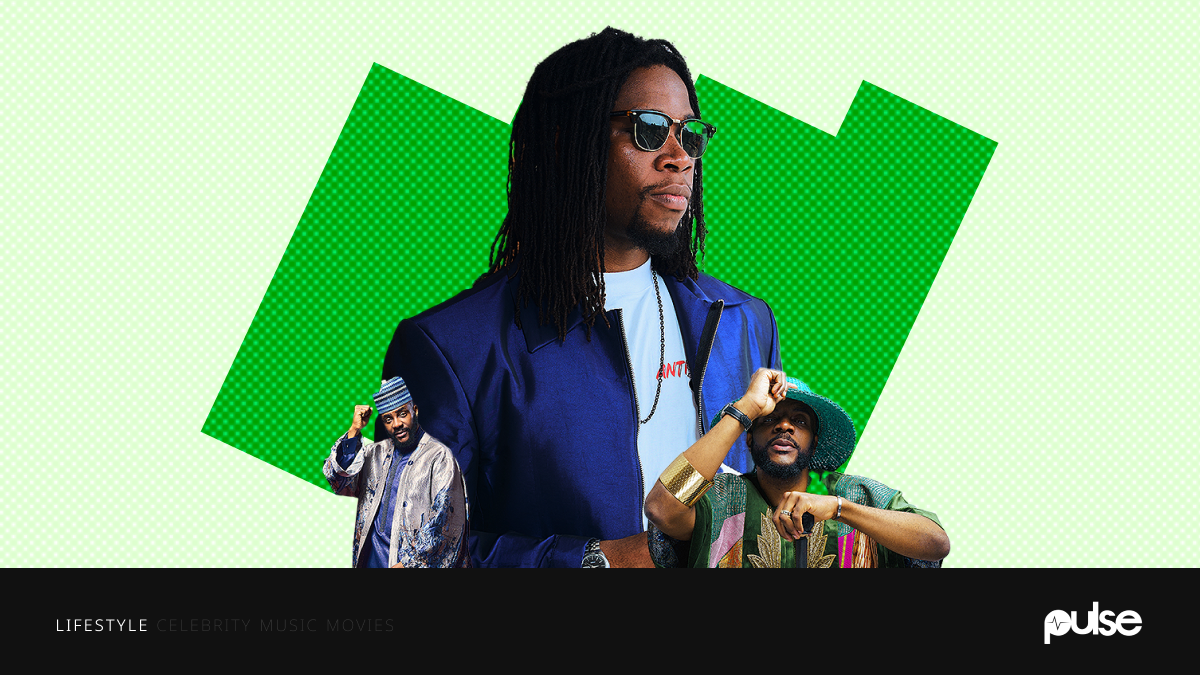
Oladayo Odunaro has built an entire visual language. Through his lens, Nigerian celebrity culture found its sharpest reflection: elegant, confident, unmistakably ours.
If you’ve ever paused at one of Ebuka Obi-Uchendu’s Big Brother Naija looks, the ones that crash timelines and launch yearlong fashion debates, you’ve already seen his work. He’s the man behind the camera, the one translating confidence into composition, and clothing into cultural statement.
Over the past five years, his eye has helped define what modern Nigerian style looks like…
“I had just finished working on Banky W’s 2019 election campaign,” he recalls. “That’s how I got connected to Ebuka through Captain Tunde Demuren. From that first shoot, I’ve created about 90 to 95 per cent of his visual content, not just photos, but the entire visual story. I think what made the collaboration click was our shared work ethic.
That efficiency became the foundation of a creative partnership that outlasted trends. Each new Big Brother Naija season brings a fresh creative challenge, a new concept, a new visual mood, but the underlying trust remains the same. It’s a collaboration that has grown into its own rhythm, equal parts instinct and respect.
“The BBN looks are sophisticated. We’re essentially flexing African fashion muscle,” he says to me. “My role is to represent that in the best light, no pun intended. My approach is usually minimalistic: clean compositions where Ebuka and the fashion piece stand out.”
Over time, that’s become this duo’s visual signature, minimalist photography, larger-than-life fashion.
Minimalism, for Oladayo, isn’t about restraint. It’s about reverence. Every shadow, every color choice, every composition speaks to something larger His images don’t just show clothes; they capture presence and over time, that presence has grown into influence.
“It’s honestly humbling, knowing how the work travels and permeates through culture,” he says. “What Ebuka wears for the show becomes the trend for the year. Knowing our work moves the needle like that — it’s not something I take lightly.”
Still, what makes his work resonate is its humanity. There’s no ego in his process — just precision and respect for the craft. Every frame is the product of collaboration: designers, stylists, lighting, and, crucially, Ebuka himself.
“It’s fully collaborative,” he insists. “A lot of people don’t know Ebuka is actually his own stylist. He works with designers to bring the looks to life, and then it’s over to me to present a befitting visual to the world.”
That shared responsibility keeps both of them sharp and that mutual trust has opened room for creative freedom.
“Ebuka trusts my vision completely. So when I suggest an idea, there’s rarely any second-guessing. We just move straight to production.
For all his composure, there’s still an artist’s wonder when he talks about his craft. He lights up when the conversation turns to colour, light, and their relationship with skin.
“I’m fascinated by how light and colour interact,” he says. “My visual language is highly influenced by my experiences, I’m quite fascinated by light, colours and their interactions, and I’m a bit obsessed with how the interaction works with the subjects I photograph. Another influence would be the jambalaya of movies and TV shows I watch, and I try to recreate what I see in my works.”
Those experiences reach far beyond fashion. He’s a director, a producer, a visual storyteller in the broadest sense. Since 2012, he’s worked across documentaries, commercials, and TV, always exploring how imagery can tell deeper stories.
“If someone only knew me through my Ebuka photos,” he admits, “they’d only be seeing one side. I’ve always been multifaceted; directing, producing, telling stories. There’s a whole world of content I’ve put out beyond fashion photography.”
That balance between art and commerce, between creative freedom and client satisfaction, is something he’s learned to navigate.
Read Also: The Nigerian Icons Behind These 5 Ebuka’s Big Brother Looks
“I’m quite lucky to say the balance exists seamlessly as my commercial works allow me to express my artistic side,” He says. “I’m essentially contracted to bring artistic and creative expressions to commercial work that eventually satisfies the client and my artistic ventures.”
Still, beneath the sheen of his work lies a quiet frustration that most Nigerian creatives will recognise: the lack of structure and fair compensation for artistic work. I ask him about that, to which he says:
“We need to set standards for our pricing,” he says firmly. “For the world-class work Nigerian creatives produce, we’re severely underpaid. It’s not something one person can fix, we eventually need to form unions to set the standards.”
But when he imagines the future, his vision widens again, beyond fashion, beyond celebrity, beyond the six-inch phone-screen glow of social media.
“In the next decade,” he says softly, “I want to be responsible for creating the image of world leaders, telling life-changing stories for individuals and brands.” He wants to deliver value and get returns that match it.
It’s a fitting ambition for someone who’s spent years shaping how an entire generation sees celebrities on screen. His work has already become a visual shorthand for the Nigerian kind of confidence: bold, precise, impossibly stylish.


